The Nitrogen Optimization Pilot Program (NOPP) was designed to support farmer-driven, on-farm research critical to improving profitability and water quality through improved on-farm nitrogen management. An idea stemming from the Water Quality and Climate Change Tasks forces, NOPP was signed into being in March 2022. The 2023 grants represent the first cycle of awards.
NOPP is a grant program funded by the State of Wisconsin, administered by the Wisconsin Department of Agriculture, Trade and Consumer Protection (DATCP), and supported by the University of Wisconsin–Madison Department of Soil Science and Division of Extension. These grants aim to refine and enhance the understanding of methods that optimize commercial nitrogen applied to agricultural fields, helping to protect vital soil and water resources.
Through on-farm research trials, farmers are finding the optimal nitrogen rate within their production system that minimizes nitrogen loss while maximizing yield.
Agricultural producers, working independently or with a larger group, are each eligible to receive a maximum available grant award of $40,000 to conduct a 2-year, on-farm trial related to commercial nitrogen fertilizer management. DATCP awards UW up to 20% of the total program allocation to provide data interpretation, technical support, and outreach.
This report provides a glance at projects funded in the 2023 NOPP cycle and the people and farms behind them. Projects participating in NOPP are required to run for at least two growing seasons to ensure quality, replicated data is collected. While we await final project results, there is plenty to learn from the first year.
NOPP At A Glance
100%
of participating farms use commercial nitrogen.
65%
of participating farms also use legume and/or legume credits.
80%
of participating farms follow nutrient management plans.
What crops are NOPP farmers growing?
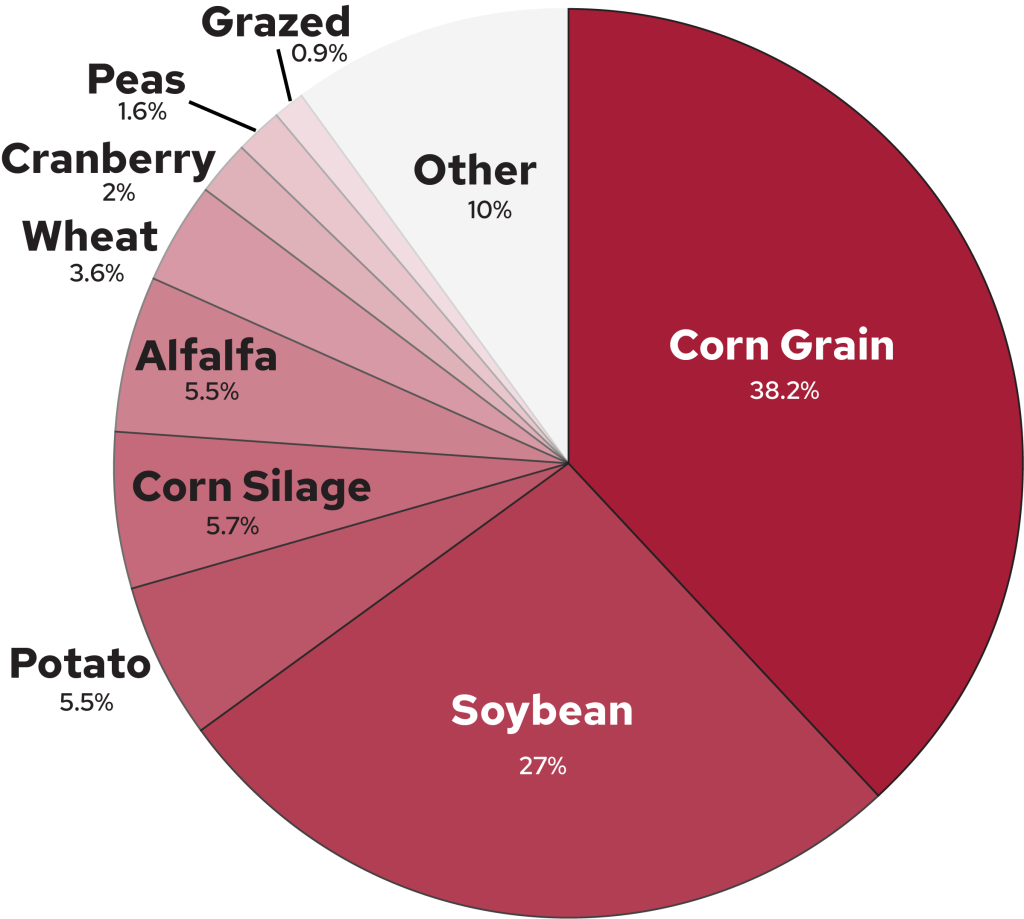
Participating farms cover nearly 50,000 acres in Wisconsin.
2023 NOPP project work supported by:
44
producers and farmers
11
private-sector collaborators
17
public-sector collaborators
Resulting in:
$1.58M
awarded to on-farm research
20
unique, producer-led projects
50
research trials
Connecting Groundwater Quality and Nitrogen Management
Nitrogen (N) is a critical nutrient for agricultural crops; however, nitrate-N is also Wisconsin’s most widespread groundwater contaminant. Drinking water that has high concentrations of nitrate can lead to severe health and environmental concerns.
Nearly 30% of wells tested in Wisconsin have nitrate-N levels between 2 and 10ppm, while an estimated 8.2% of wells tested are higher than 10ppm, which is the safety standard for nitrate in public drinking water (Wisconsin Groundwater Quality, DATCP, 2017).
Many of the elevated tests were in areas surrounded by intensely farmed land. While estimating nitrogen loss from a cropping system is very complicated, we can assert that some fraction of this well water contamination is due to agricultural practices (Wisconsin Groundwater Quality, DATCP, 2017). Check out the Well Water Quality Viewer to learn more about regional groundwater quality.
A majority of nitrate leaching in Wisconsin occurs during the off-seasons, especially the spring, when excess nitrate not removed by crop harvest is present from the fall, the soil is warm, and microbes are active enough to mineralize organic nitrogen.
This increase in nitrate, paired with little to no active crop growth and significant rainfall or snow melt events, will likely move with water through the soil profile, and into the groundwater. Most soils have a negative charge which repels the negatively charged nitrate, and thus are poor at holding onto nitrate for long periods of time. Read more about the nitrogen cycle here.
NOPP addresses nitrate leaching by encouraging on-farm nitrogen rate trials to determine the relative nitrogen use of the crop at different application rates. By increasing awareness of the amount of unused nitrogen, the agricultural community can reduce the amount of unused nitrogen during the off-seasons when the risk of loss to groundwater is greatest.
Project and Participant Profiles
All the projects funded by NOPP began with a research question and developed into a hypothesis. On top of 2023 being a drought year, results from only a single season of on-farm research should generally not influence your farm management decisions. However, below are two examples of projects that were funded in 2023.
Included in each of the graphs are economic optimum nitrogen rates (EONR) for each treatment. EONR indicates the point at which the cost of additional nitrogen fertilizer applications would not be compensated for by any consequential yield bump.
Poultry Manure Spotlight
Joe Bragger’s research question asks whether poultry manure, also known as poultry litter, can reduce the amount of commercial fertilizer needed to achieve his corn grain yield goals.
Many farmers in Buffalo and surrounding counties utilize commercial poultry manure as a fertilizer source. However, over many years the diets and other management practices in raising poultry have changed, presumably resulting in altered nutrient content of the manure.
Joe and his collaborators set out to determine how the application of poultry manure impacts their nutrient management. The resulting hypothesis is that applying poultry litter will greatly reduce the need for additional commercial nitrogen fertilizer to achieve targeted corn grain yield. After a single season of data, Joe’s hypothesis may be supported.
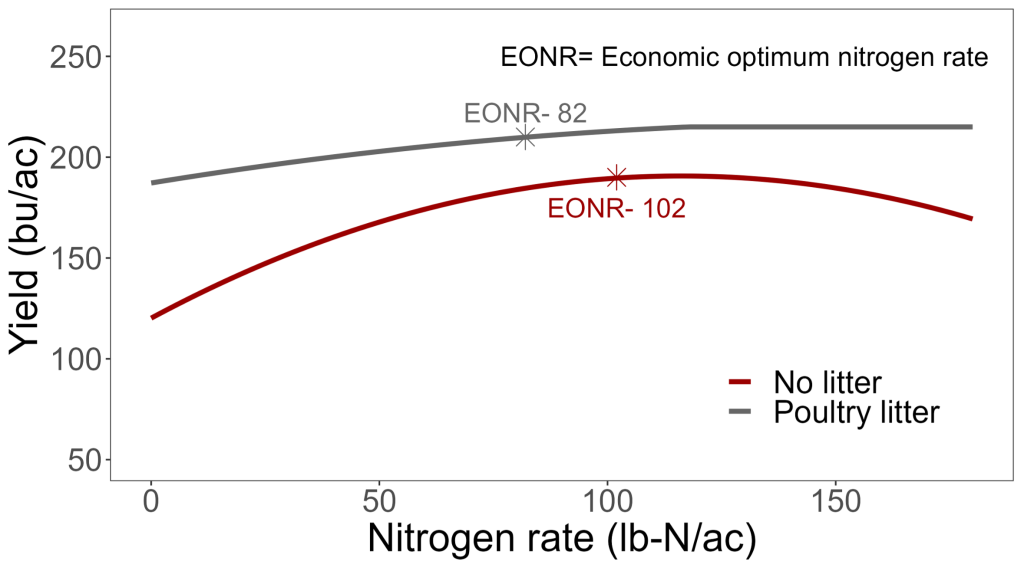
Biological Nitrogen Product Spotlight
Jim Hebbe’s research question was also related to replacing some of his commercial nitrogen fertilizer, but he’s investigating a biological nitrogen product that’s available on the market. The product in question claims to grow nitrogen-fixing microbial colonies in the corn root zone (similar to legumes) and supply 40lbs of nitrogen to the crop. Jim hypothesizes that using the biological nitrogen product, handled according to package instructions, will allow him to reduce his commercial nitrogen fertilizer applications by 40lbs and still reach his targeted corn grain yield. Following a single season of data, Jim’s hypothesis may not be supported.
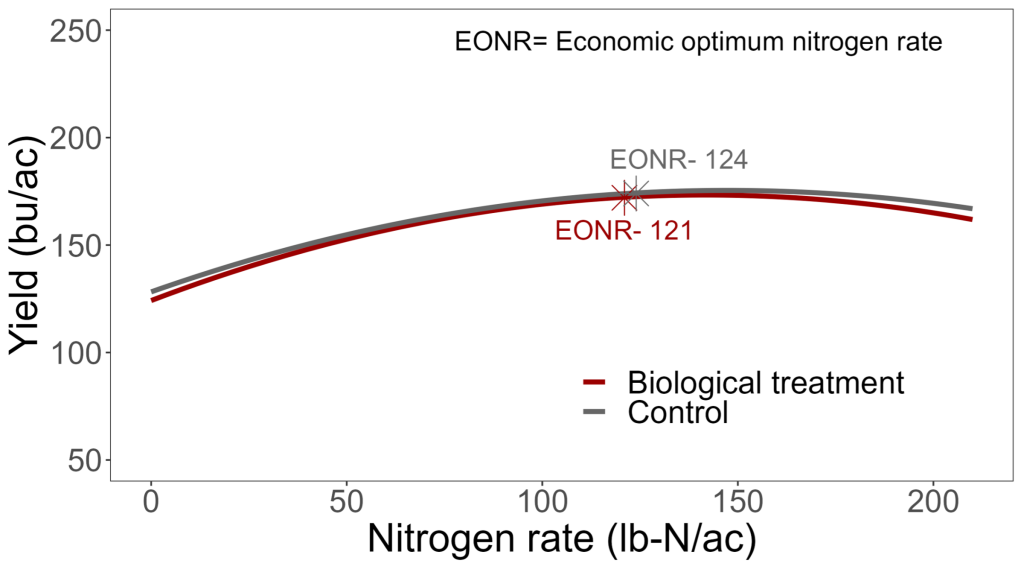
Funding Breakdown and Outreach Efforts
Twenty NOPP grantees were awarded a total of $1.58 million to conduct 50 unique trials in 2023. The reach of these projects went far beyond the farmers and private- and public-sector collaborators; NOPP outreach at 12 meetings, 2 conferences, and 5 field days engaged 550 individuals in 2023.
2023 NOPP Grants Awarded
$1.58 million awarded
20 projects, 50 unique trials
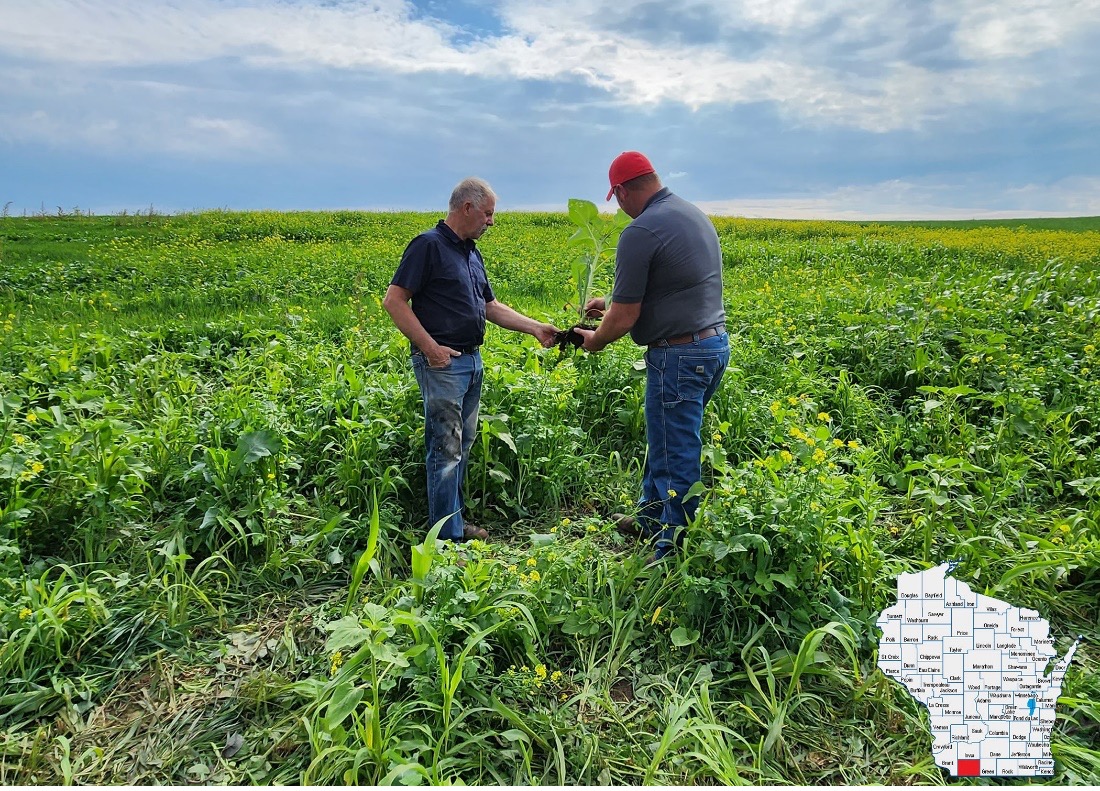

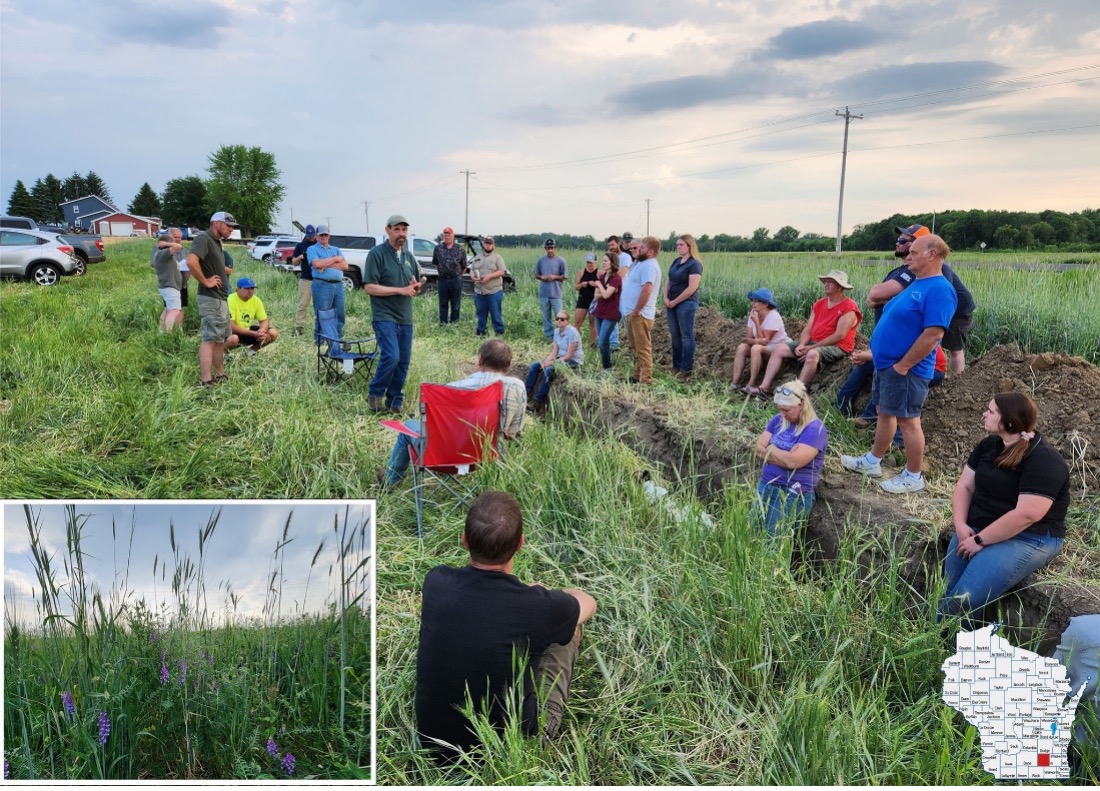
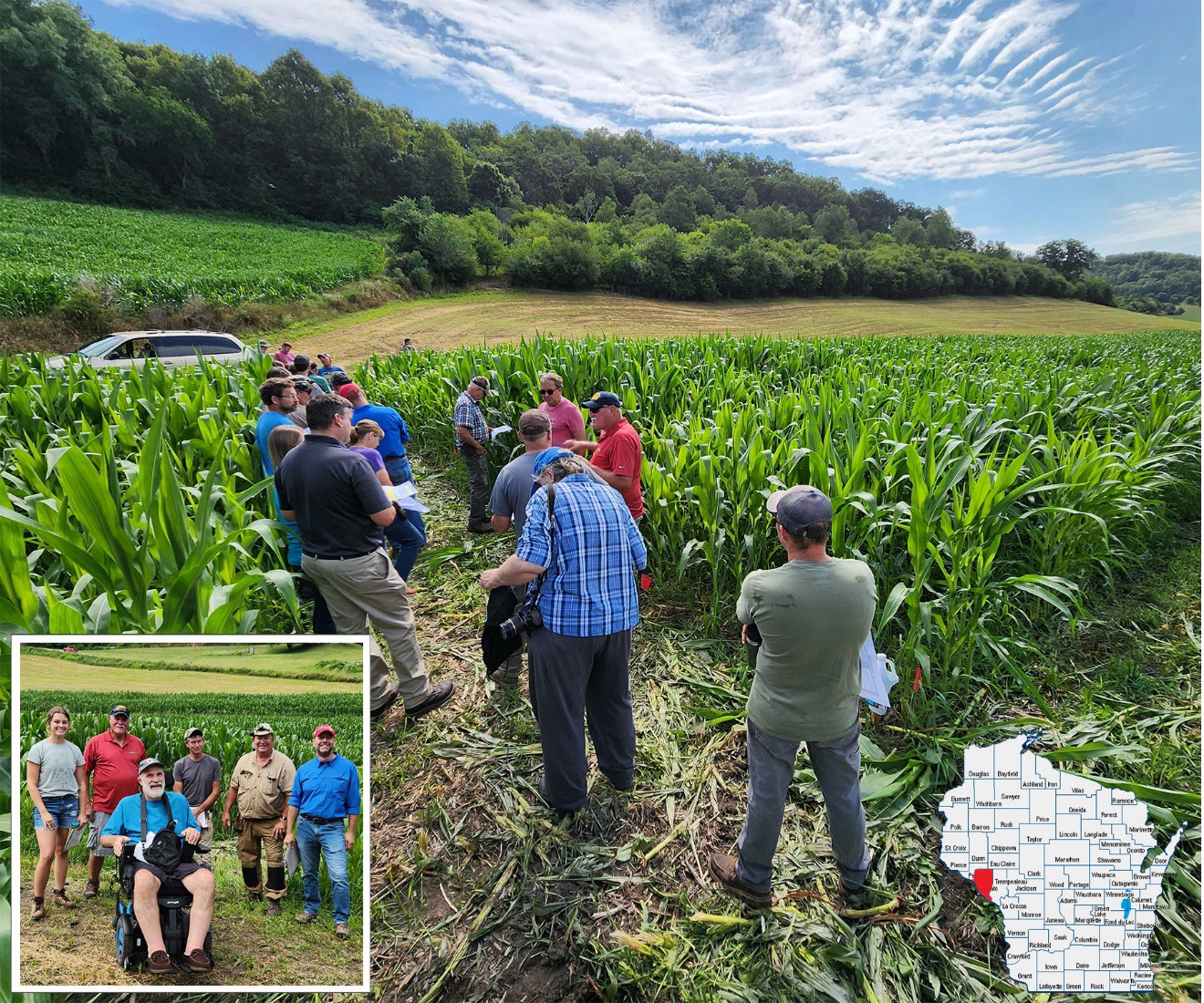
$478,068
5 projects, 10 farmers
$650,943
11 projects, 18 farmers
$454,702
4 projects, 19 farmers
2023 Outreach Efforts
12
meetings
5
field days
2
conference presentations
550
individuals engaged in NOPP & on-farm research knowledge sharing
Learn more about the Nitrogen Optimization Pilot Program here.
Report Contributors
Lindsey Rushford, Monica Schauer, Susan Mockert, Chelsea Zegler & Ag Water Quality Program
NOPP Project Team
If you are interested in applying for an NOPP grant, please reach out to a member of the NOPP project team!
Lindsey Rushford
UW NOPP Coordinator
(608) 461-9874
lindsey.rushford@wisc.edu
Monica Schauer
UW NOPP Research Director
(920) 260-6170
monica.schauer@wisc.edu
Susan Mockert
DATCP NOPP Program Manager
(608) 224-4648
susan.mockert@wisconsin.gov

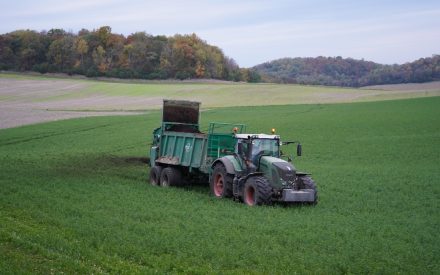 BMPs of NMPs #6: On-Farm Implementation of Nutrient Management in Southwest WI
BMPs of NMPs #6: On-Farm Implementation of Nutrient Management in Southwest WI


